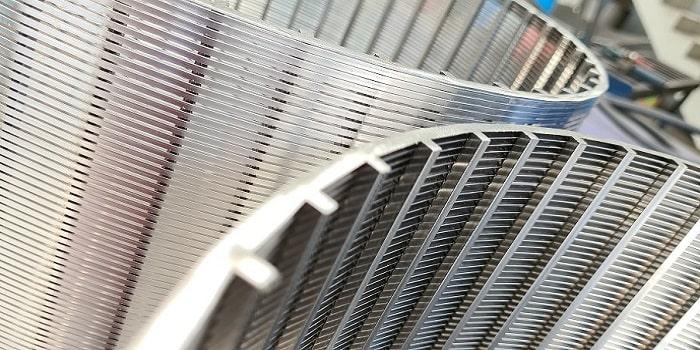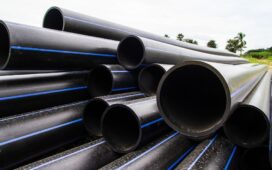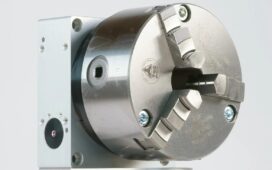Harp screens are an effective tool for sifting and separating moist, sticky materials. They can be used in a variety of industries, from agriculture to food processing, to help ensure the quality of the product being handled. Harp screens are typically used as a mechanical separation device to identify and remove undesirable particles from a variety of materials. They are designed to be durable and resistant to wear and tear due to their frequent use.
Challenges of Screening Moist Sticky Materials
Harp screens are widely used in the screening of moist and sticky materials. However, using harp screens comes with some challenges. One major challenge is blockage. Moist and sticky materials tend to clog the screen, which often results in reduced productivity and increased maintenance costs. The problem can be exacerbated by high humidity levels or when working with particularly adhesive materials.
Another challenge that arises with harp screens is durability. Harp screens tend to wear out faster when screening moist and sticky materials compared to dry ones due to the abrasive nature of these materials. This means that frequent replacement may be required, which can increase operational costs.
Lastly, it’s essential to consider hygiene issues when screening moist and sticky materials as they can easily get stuck on the screen’s surface, leading to cross-contamination between batches if not appropriately cleaned after each use. Therefore, regular cleaning is necessary for optimal performance and maintaining product quality standards.
Design Considerations for Optimized Performance
When it comes to designing harp screens for moist and sticky materials, there are several key considerations that manufacturers must consider. Firstly, the spacing between the wires on the screen is critical. If the gaps are too small, then material can become trapped and clog up the screen, leading to reduced efficiency and increased downtime for cleaning. On the other hand, if the gaps are too large, then material may not be separated effectively.
Another important factor is wire diameter. A thicker wire will typically last longer, but may reduce open area and increase blinding potential. Meanwhile, a thinner wire can offer greater open area but will have a shorter lifespan due to its tendency to break or wear out quickly in high-stress environments.
Finally, it’s essential to consider the type of material used in construction of harp screens for moist and sticky applications. Generally speaking, stainless steel is often preferred since it offers excellent corrosion resistance while also being strong enough to withstand wear from abrasive materials over time. By taking these factors into consideration during design stages, manufacturers can ensure optimal performance of their harp screens in processing moist and sticky materials – reducing downtime while maximizing efficiency and production output.
Maintenance Tips for Harp Screens
- Regular cleaning of harp screens is crucial to ensure their optimal performance and longevity. Harp screens are commonly used for screening moist and sticky materials, which makes them more prone to clogging and blinding. To avoid this, it is recommended to clean the screens periodically using a high-pressure water spray or air compressor.
- In addition to regular cleaning, proper maintenance of harp screens includes inspecting for wear and tear. Over time, the wires in the screen can become bent or break due to continuous use, causing damage that affects its screening efficiency. Replacing worn-out wires or repairing damaged areas can not only extend the life of your harp screen, but also ensure that it operates effectively.
- Another important factor to consider when maintaining harp screens is lubrication. Proper lubrication of pivot points ensures smooth operation and minimizes wear on moving parts, which ultimately extends the lifespan of your equipment. It is recommended to use a light oil or grease during maintenance checks for optimum results in keeping your equipment working efficiently over time.







